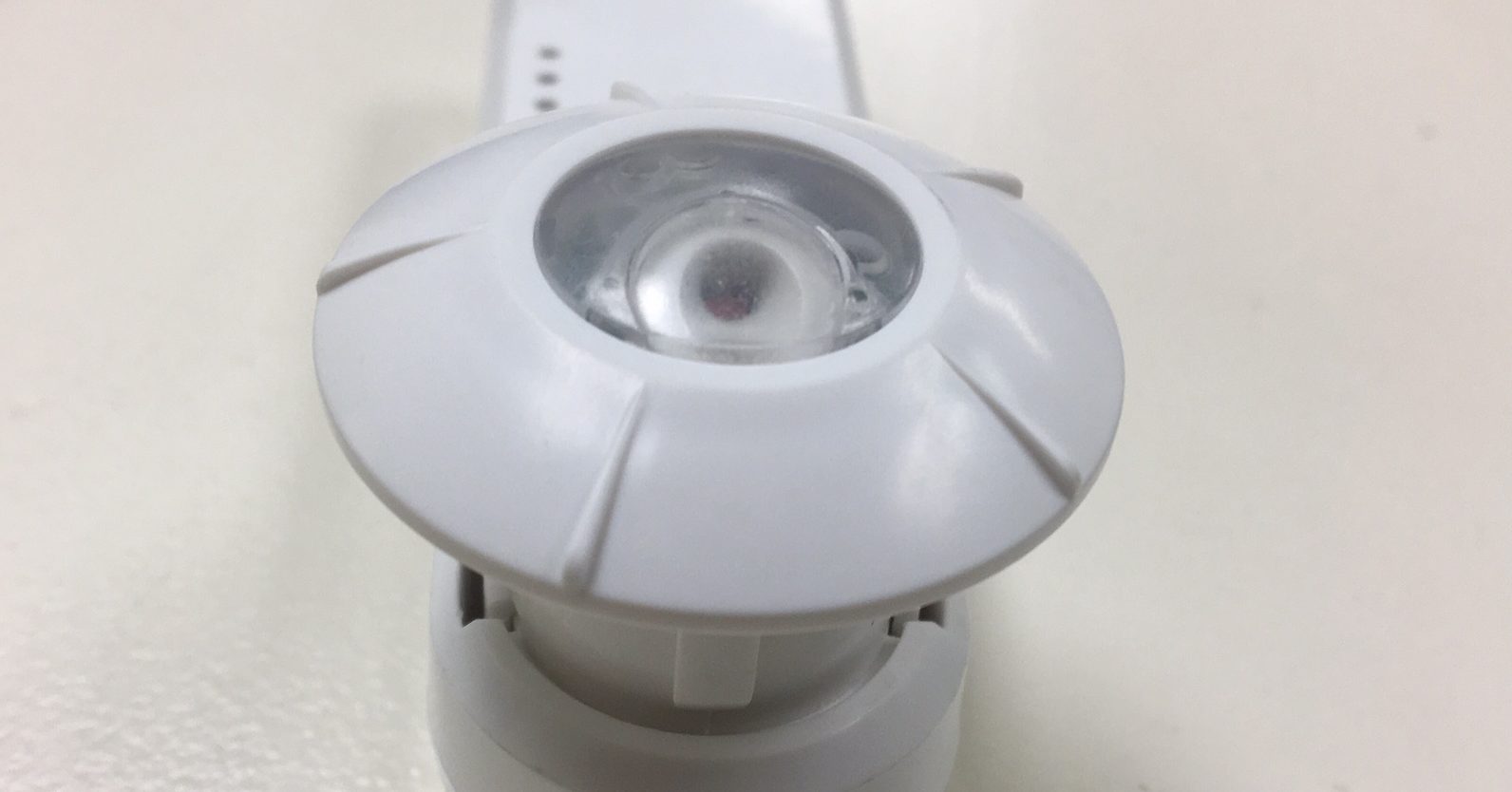
Daylight Harvesting; It’s A Bright Idea!
Daylight harvesting was mandated in Title 24 to cut wasteful energy in already well-lit areas. If utilized correctly, it can result in big savings and happy customers!
Say, for example, you have an office building that has numerous offices with floor to ceiling windows.
Those spaces will receive an incredible amount of light during sunny workdays, much more than all of their overhead lights could produce! If daylight sensors are installed and programmed correctly, those areas could see their light energy output cut by more than half during a typical 9-5 business day!
There are two types of daylight sensors commonly installed for daylight harvesting…
Open-loop and closed-loop. Open-loop sensors are designed to look directly at an ambient light source. Closed-loop sensors are designed to take equal amounts of ambient and artificial light sources. Also, there are daylight sensors that can control only one zone, or multiple zones. Having multiple zones would be useful where it shows primary and secondary daylit areas on your plans.
When considering placement of daylight sensors…
Make sure that if they’re open-loop, they’re facing outside and close to a window without any obstructions or interference by artificial light. A closed-loop sensor should be placed in the controlled zone with an equal amount of artificial light and day light. Make sure that the sensors are NOT placed where there is up-light coming from fixtures, as that could have a detrimental effect on the effectiveness of the sensor.
Because of their goal of cutting wasteful energy usage…
The California Energy Commission instituted Daylight Harvesting (130.1(d)) as part of the Title 24 code. If the code compliance forms for your project show the need for 130.1d in any space, you’ll need a daylight sensor to satisfy those requirements.
When your Title 24 acceptance technician is testing daylight sensors they will be taking readings of the amount of light in the primary (and secondary) zones during different times. The readings taken by the CLCATT will consist of night time, part light, and full day time to verify the fixtures are dimming the appropriate amounts for the amount of ambient light present. One of the most popular methods of taking those readings is with a light meter which reads the amount of light in the space utilizing a unit of measurement referred to as foot candle (fc).
Understanding when and where Title 24 requires daylight harvesting can be quite tricky!
There are quite a bit of prerequisites that must be met in a space in order to require daylight and also a few that would qualify for exemption. If you are in the design phase of your project, make sure to pick the appropriate type of daylight sensor for the space that will satisfy the end user, and also be Title 24 compliant!
Recent Comment
Extended Opportunity
Coursiify 6-Figure In 60 Days LIVE Event Get VIP access to our live mastermind event and copy n’ paste our Coursiify underground system we use to make 6-figures in 60 days. This alone is worth 5x what you will pay today, and it’s yours for free! (Value $1997) https://ext-opp.com/Coursiify